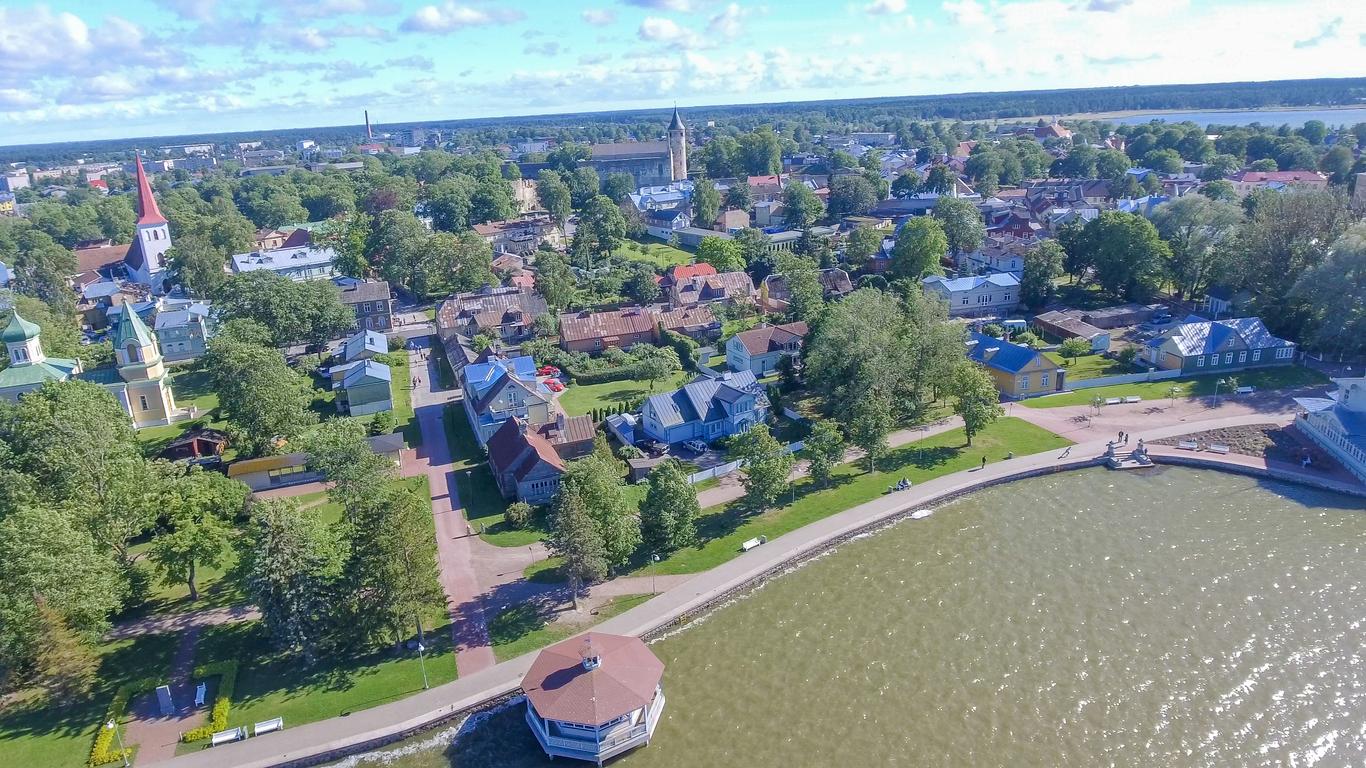Renowned for its warm waters and curative mud, Haapsalu is a seaside resort town overlooking the Väinameri Sea. It dates back to the 13th century when its episcopal castle was built and it has long been a cultural hub for Estonian Swedes. Modern-day Haapsalu is home to engaging museums and one of the largest single-nave cathedrals in the Baltic States.
Things to do in Haapsalu
Originally founded in the 13th century as a bishop’s residence, Haapsalu Castle is topped by a 29-metre-high watchtower surrounded by commanding walls. Now partially in ruins, it is home to a museum where old weaponry and clocks are exhibited. On full moons in August, an image of a maiden known as “The White Lady” is said to appear in the castle chapel.
Haapsalu’s cultural heritage is showcased at the Rannarootsi Museum, which explores the history of Estonian Swedes in the region. Learn about their reasons for inhabiting the coastal areas and islands of northwestern Estonia while getting up close to antique instruments and textiles. In front of the museum is a memorial to boat refugees created by the Estonian-Swedish landscape architect Sture Koinberg.
Art enthusiasts shouldn’t miss a visit to the Evald Okase Museum, which occupies a former tavern that dates back to the mid-19th century. In addition to celebrating the life and legacy of Evald Okase, it houses changing exhibitions of Estonian artists during the summer months. Throughout the year, the Evald Okase Museum hosts art courses, musical concerts and cultural events.
Getting around Haapsalu
Haapsalu is just over an hour’s drive from Tallinn and Tallinn Airport, which has flights to destinations across Europe. Regular buses connect from the Estonian capital to Haapsalu and travel throughout the town. The centre of Haapsalu can easily be explored on foot.





